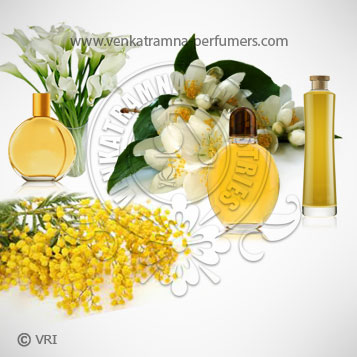
| Botanical Name | Alpinia galanga (Linn) Wild. |
| Common Name | Bara Kulanjan |
| Country of Origin | Indonesia,Thailand,south Asia |
| Solubility | Soluble in Alcohols, Essential Oils and insoluble in water |
| Specific Gravity | N/A |
| Optical Rotation | N/A |
| Refrective Index | N/A |
| PlantPart | root |
| Bland With | Black Pepper Cardmom,Chamomile Roman, Cistus, Cypress, Elemi, Eucalyptus Globulus, Frankincense, Geranium, Ginger Fresh, Hinoki, Juniper Berry, Lavender, Lemon, Marjoram Sweet, May Chang,Palmarosa, Patchouli, Scotch Pine,Rose Moroco Absolute, Rosemary, Rose Wood, SageDalmation, Spikenard, Sugandha Kokila, Turmeric, Vetiver. |
| CAS No | 8024-40-6 |
| Flash Point | 72°C |
| Extraction Method | Steam Distillation |
Ginger is widely used as spice, and it has its origins in India. It is a medicinal plant in folk and traditional medicines. The spice is very common in India (it is known as adrak in Hindi) and China and is now used all over the world. It forms an integral part of many Asian cuisines due to its digestive properties. It is especially helpful in digesting food items such as meat and poultry, and it is frequently added to recipes for cooking meat as it softens the meat considerably, making it easier to digest. Ginger root and ginger oil are also used as preservative and flavoring agents. The antibacterial, antifungal, analgesic, anti-inflammatory, anti-ulcer, immunomodulatory, relaxant, and warming effects of ginger oil have been confirmed in experimental and preclinical studies.
Ginger is a plant used in traditional medicine against different diseases because of its various properties (antimicrobial, antioxidant, anti-inflammatory, anticoagulant, etc.). Ginger is “generally recognized as safe” by the Food and Drug Administration. Numerous studies have been carried out to characterize and isolate its main bioactive compounds to elucidate the mechanisms of its antimicrobial activity against pathogenic and spoilage microorganisms in foods. Results indicate that ginger contains monoterpenoids, sesquiterpenoids, phenolic compounds, and its derivatives, aldehydes, ketones, alcohols, esters, which provide a broad antimicrobial spectrum against different microorganisms and make it an interesting alternative to synthetic antimicrobials. However, its application in foods has been scarcely explored and represents an opportunity area for further research.
Color : Yellow to olive brown liquid,
Aroma : Sweet, spicy with wood and camphor nuances.
Resinoids, alkaloid, essential oil, inulin, a fixed oil and other minor constituents like tannins & sugar , alpha-pinene, camphene, 3-pinene,1,8-cineole and camphor
It has anti-microbial property, anti-ulcer activity, anti-tumour activity, anabolic effects and anti-hepatotoxic effects. It is useful in various lipid disorders especially atherosclerosis. The medicinal part of ginger is rhizomes, which are used in traditional medicine for treatment of wide range of ailments. In Ayurveda system, ginger and milk or water in the form of paste are used externally for treatment of infantile colic. The combination of ginger with honey is used for asthmatic bronchitis, cough, hiccups, and respiratory colds. The ginger preparation is obtained directly from fresh ginger root, which preserves the multifaceted flavor, the full body and the spicy aftertaste of ginger in the end product. The refreshing taste of ginger is ideal for use in carbonized soft drinks, beer mix and energy drinks but also harmonizes with still drinks and tea beverages as well as syrup. In the food segment, it is now being used in confectionery and ice cream with the interesting taste profile to make new food products.